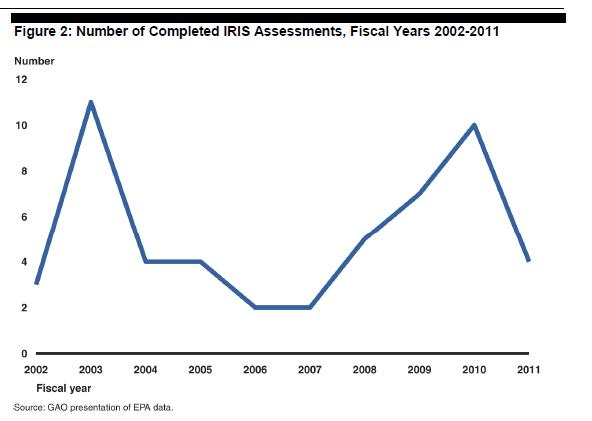This is taken verbatim from the EPA press release. This has been a long time coming and evidently, is still not over yet. EPA taking comments through November 14 as to whether or not to expand the use from the currently suggested 6 states to another 10 states. This is odd, as the EPA can only allow the use of the new product in these additional states assuming it is able to perform the necessary ecological risk assessment work on endangered species in these states. Comments from the public shouldn't impinge upon whether or not EPA has done the basic work to show the new use pattern on resistant crops is consistent with FIFRA's safety stamdard. If it hasn't done the basic work, then it is vulnerable to litigation.
EPA Announces Final Decision to Register Enlist Duo, Herbicide Containing 2, 4-D and Glyphosate
Risk assessment ensures protection of human health, including infants, children
WASHINGTON--The EPA is registering the herbicide, Enlist Duo with first-time ever restrictions to manage the problem of resistant weeds. The pesticide is for use in controlling weeds in corn and soybeans genetically-engineered (GE) to tolerate 2,4-D and glyphosate. The agency’s decision reflects a large body of science and an understanding of the risk of pesticides to human health and the environment.
The herbicides 2,4-D and glyphosate are two of the most widely used herbicides in the world for controlling weeds. Dozens of other countries including Canada, Mexico, Japan and 26 European Union Members have approved these pesticides for use on numerous crops and residential lawns. Last year, Canada approved the use of Enlist Duo for the same uses that EPA is authorizing.
EPA scientists used highly conservative and protective assumptions to evaluate human health and ecological risks for the new uses of 2,4-D in Enlist Duo. The assessments confirm that these uses meet the safety standards for pesticide registration and, as approved, will be protective of the public, agricultural workers, and non-target species, including endangered species.
The agency evaluated the risks to all age groups, from infants to the elderly, and took into account exposures through food, water, pesticide drift, and as a result of use around homes. The decision meets the rigorous Food Quality Protection Act standard of "reasonable certainty of no harm" to human health.
The approved formulation contains the choline salt of 2,4-D which is less prone to drift than the other forms of 2,4-D. The Agency has also put in place restrictions to avoid pesticide drift, including a 30-foot in-field “no spray” buffer zone around the application area, no pesticide application when the wind speed is over 15 mph, and only ground applications are permitted. This action provides an additional tool for the agricultural community to manage resistant weeds.
To ensure that weeds will not become resistant to 2,4-D and continue increased herbicide use, EPA is imposing a new, robust set of requirements on the registrant. These requirements include extensive surveying and reporting to EPA, grower education and remediation plans. The registration will expire in six years, allowing EPA to revisit the issue of resistance. In the future, the agency intends to apply this approach to weed resistance management for all existing and new herbicides used on herbicide tolerant crops.
This assessment is the third time in recent years that EPA has evaluated the safety of 2,4-D and the safety finding is consistent with past assessments that EPA has performed for 2,4-D. EPA comprehensively reviewed 2,4-D in 2005, and once more in 2012 and now again in 2014 in response to the current application.
EPA is registering the pesticide in six states: Ill., Ind., Iowa, Ohio, SD., and Wis. The agency is accepting comments until Nov. 14, 2014 (30 days) on whether to register Enlist Duo in ten more states: Ark., Kan., La., Minn., Mo., Miss., Neb., Okla., Tenn., and ND.

